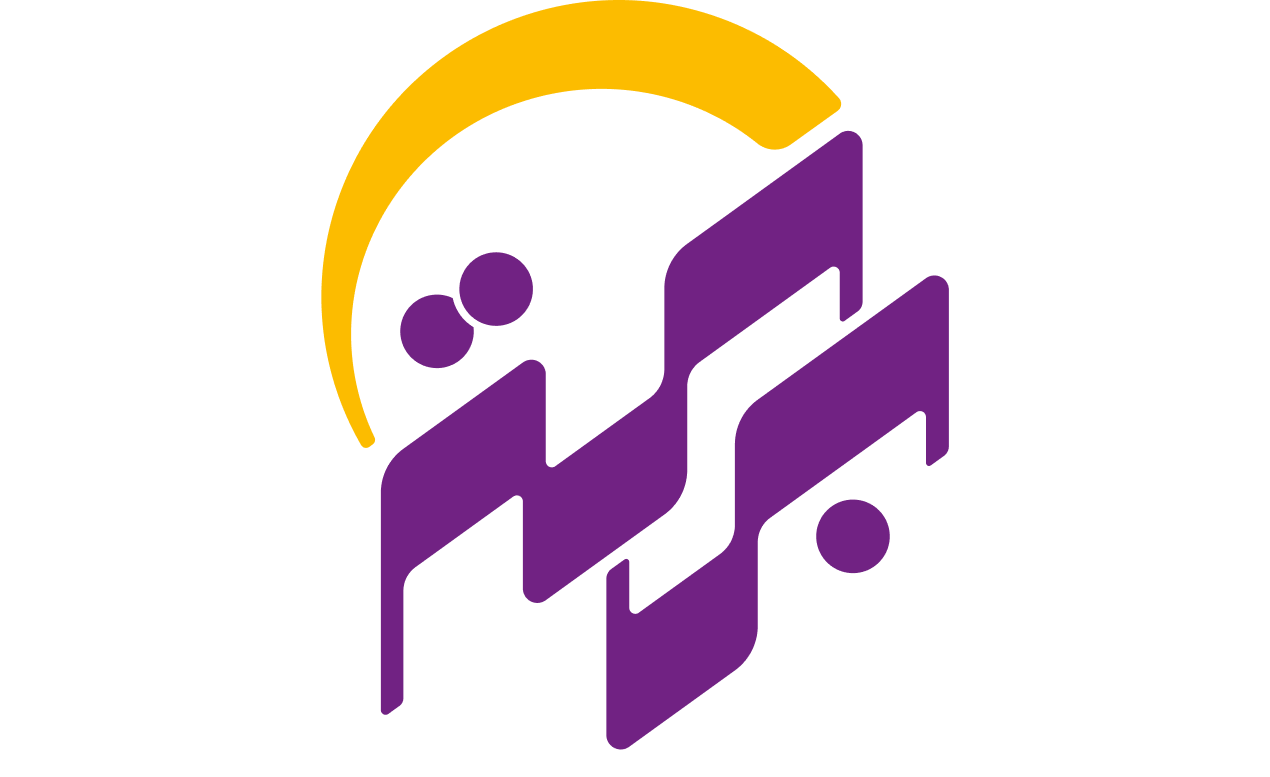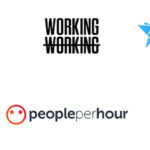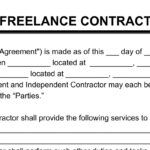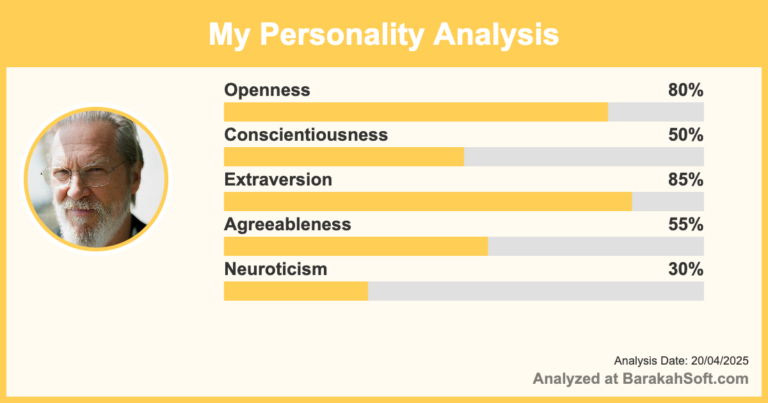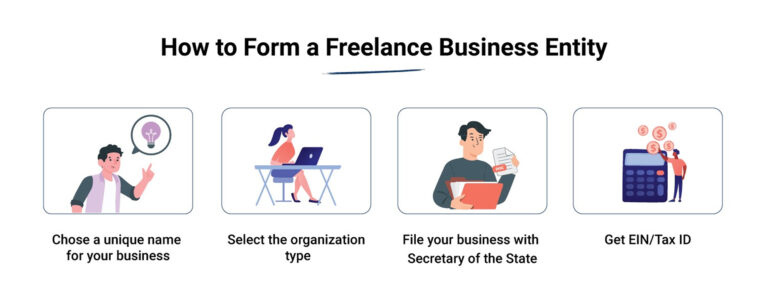You’ve probably heard advice like “just charge what you’re worth” or “see what others are charging.” That’s not helpful. If you want to freelance sustainably in 2025, you need to know your real hourly rate—after factoring in expenses, taxes, and the unpaid time you don’t bill for.
This isn’t just about picking a number. Charging too little means burnout. Charging too much without backing it up means losing work. This guide helps you calculate what you should really charge as a freelance developer—based on math, not guesswork.
Why You Can’t Just Copy Other Developers’ Rates
Googling “freelance developer rates 2025” gives you wide ranges:
-
Junior devs: $25–$60/hr
-
Mid-level: $60–$120/hr
-
Senior/Lead devs: $120–$250/hr+
But these numbers mean nothing until you do your own breakdown. Your expenses, location, and tax situation could be totally different from someone else’s.
Let’s Fix That.
Here’s how to reverse-engineer your real rate—step by step.
Step 1: Know How Much You Need to Earn Annually
Start by setting a realistic income goal—not your dream number, but what you need to live comfortably, cover your business costs, and save.
Example:
-
Living expenses: $3,000/month = $36,000/year
-
Business expenses: $500/month = $6,000/year
-
Taxes (self-employed): ~25% of income
-
Savings goal: $10,000/year
You’d need around $60,000–$70,000/year after taxes to cover that. That’s your real target—not just what you’d like to make, but what it takes to survive and grow.
Step 2: Count the Hours You’ll Actually Bill
Most devs assume they’ll work 40 hours a week, 50 weeks a year. That’s 2,000 hours. But you won’t bill all of them.
Here’s why:
-
Time spent on admin, marketing, and emails
-
Gaps between projects
-
Sick days, holidays, and burnout weeks
-
Unpaid discovery calls and proposals
Most full-time freelancers only bill 50–60% of their working hours.
Let’s say you work 40 hours/week but only bill for 22–25 of them. That’s around 1,200 billable hours per year.
Step 3: Factor in Taxes and Overhead
Self-employed taxes hit harder than employee taxes. You’ll likely owe 25–30% of your income in federal, state, and self-employment tax depending on where you live.
Then you’ve got business overhead:
-
Software/tools (GitHub, Figma, Zoom, hosting)
-
Equipment (laptop, monitor)
-
Insurance (business liability, health)
-
Accounting or legal help
-
Internet, phone, workspace
Estimate that your business costs + taxes = 30–40% of your gross income.
So if your target is $60k net, you’ll need at least $90k–$100k gross.
Step 4: Do the Math
Let’s say:
-
You want to take home $65,000/year
-
You estimate 1,200 billable hours
-
You assume 35% of your income goes to tax + overhead
To calculate your minimum hourly rate:
Required Gross Income = $65,000 ÷ (1 - 0.35) = ~$100,000
Required Hourly Rate = $100,000 ÷ 1,200 = ~$83/hour
That’s your baseline rate. You can’t sustainably charge less than $80/hour without undercutting your own survival.
Step 5: Adjust for Experience, Niche, and Demand
Once you have your baseline, you can adjust it:
-
Are you in a high-demand niche? (DevOps, AI, performance audits) → raise it
-
Do you have strong proof of results? (Case studies, repeat clients) → raise it
-
Are you just starting out or still building your portfolio? → maybe lower it, but not by much
Never go below your sustainability rate for long. Underpricing leads to resentment, exhaustion, and low-quality clients.
Common Mistakes to Avoid
-
Basing your rate on local jobs or salaries
Freelancing isn’t a job—you’re running a business. -
Not raising your rate annually
If you haven’t raised it in over a year, you’re falling behind. -
Forgetting to bill for revisions, calls, or project management
Include buffer time in your scope. Every project has hidden hours. -
Thinking lower rates get you more work
Low-paying clients are often the most demanding. High-quality clients expect to pay more.
Bonus Tip: Use Project-Based Pricing (But Know Your Hourly Rate First)
Even if you plan to quote per project, you still need to know your hourly rate to make sure you’re not undercharging. Always estimate how long something will take, multiply by your true rate, and build your quote from there—with buffer included.
Final Word
If you’re freelancing without knowing your after-tax rate, you’re flying blind. The goal isn’t to charge as much as possible—it’s to charge what’s sustainable and fair, for both you and the client.
Know your number. Adjust it as you grow. And don’t let vague advice or rate charts guide your business—run the numbers yourself.
- Who Owns the Code After a Client Project Ends?
- How to Handle Revisions as a Freelancer Without Losing Time
- Freelance Contract Templates: What You Actually Need
- What Clients Look for in a Remote Web Developer
- Top 5 Freelance Marketplaces for Developers (Ranked by Payout)
- How to Price Your Freelance Developer Services in 2025
- How to Start Freelancing in 2025 with No Experience (Step-by-Step Guide)
